<< Our Photo Pages >> Dunstaffnage Round Houses - Ancient Village or Settlement in Scotland in Argyll
Submitted by coldrum on Sunday, 01 July 2012 Page Views: 7469
Multi-periodSite Name: Dunstaffnage Round HousesCountry: Scotland
NOTE: This site is 1.141 km away from the location you searched for.
County: Argyll Type: Ancient Village or Settlement
Nearest Town: Oban Nearest Village: Dunbeg
Map Ref: NM877340
Latitude: 56.450220N Longitude: 5.446452W
Condition:
| 5 | Perfect |
| 4 | Almost Perfect |
| 3 | Reasonable but with some damage |
| 2 | Ruined but still recognisable as an ancient site |
| 1 | Pretty much destroyed, possibly visible as crop marks |
| 0 | No data. |
| -1 | Completely destroyed |
| 5 | Superb |
| 4 | Good |
| 3 | Ordinary |
| 2 | Not Good |
| 1 | Awful |
| 0 | No data. |
| 5 | Can be driven to, probably with disabled access |
| 4 | Short walk on a footpath |
| 3 | Requiring a bit more of a walk |
| 2 | A long walk |
| 1 | In the middle of nowhere, a nightmare to find |
| 0 | No data. |
| 5 | co-ordinates taken by GPS or official recorded co-ordinates |
| 4 | co-ordinates scaled from a detailed map |
| 3 | co-ordinates scaled from a bad map |
| 2 | co-ordinates of the nearest village |
| 1 | co-ordinates of the nearest town |
| 0 | no data |
Internal Links:
External Links:
A dig on the site of a new housing development near Oban has uncovered what are believed to be some of Scotland’s earliest cold storage larders in six Bronze Age roundhouses. A team led by Dr Clare Ellis, from Argyll Archaeology, claim the roundhouses at Dunstaffnage are the first in Scotland to have ring ditches inside the structure. These may have been used as cellars to cool food – a precursor to the refrigerator.
They also have vents leading into the central hearths which would have allowed the occupants to regulate their heating, while outside are the remnants of what could be a very simple form of sauna.
But Ellis said the most significant find was the internal ring ditches. "This is a new design, not recognised or seen before in Scotland. The general consensus until now was that ring ditches occur outside the roof supports of roundhouses, but still within the roundhouse structure, and were erosional features where animals were kept. But these are inside the roof support area and the theory is that they are low cellars that would have had wooden floors over them. We think they are an early form of larder storage system.
"In the Iron Age they had banana-shaped cellars and this would appear to be the precursor to that. They are on the north-east side, the coolest side of the house [away from the sea]. It’s like an early form of refrigeration, where they would keep cheeses, milk, dried meat, salted fish and grain."
Ellis said another important find, in terms of Scottish archaeology, was the discovery of air vents coming out of the ring ditches and the hearths.
She added: “These channels coming out are wood-lined vents to let air through and to allow the washing-out of some of the ring ditches occasionally. This is a new design that’s not really been recognised or seen in Scotland before.” The vents in the hearths would allow air to be channelled into the base of the fire.
As well as uncovering the roundhouse sites, the team has uncovered ancient burial pits. Other finds include a hammerstone, dating back 3-4,000 years, which would have been used for mashing up vegetable matter.
In addition, a flint, imported or traded from Ireland, has been found in a burial pit, along with several pieces of decorated pottery thought to be from pots used to lay to rest cremated human remains.
The area around Oban is believed to have been well populated by Bronze age man because of its sheltered climate. Settlements have been found throughout the area and at Dunstaffnage, about four miles to the north, where communities were built on the flat terraces overlooking the Firth of Lorn.
The recently discovered roundhouses were originally enclosed by a ditch, which dates back earlier than the actual homes. A burnt mound has been uncovered at the site. This was an area where water was heated, with some theories suggesting this was an early form of sauna.
The finds all date back to the Bronze Age but radio carbon dating will be used to determine a more accurate date for the settlement, to within 40 years.
Ellis said: “It’s unusual to get so many roundhouses surviving together in this way. They are not particularly huge so they were probably just ordinary people living here. They would have been farming – and communication would have been by sea, rather than by land. It’s a good spot. There is a lovely sheltered bay here and you have got all the islands, like Lismore and Mull nearby.”
Historian Catherine Gillies said the area was turning up “some vastly important sites. You only have to look at the scattering of Bronze Age and Iron Age sites in places like the isle of Lismore to see that we are genuinely only scratching the surface of what there is.”
Affordable housing is to be built at the site by West Highland Housing Association. Lesley McInnes, the association’s chief executive, said: “Whilst we are looking to develop the site we are going to look at having something there in the future that would be able to bring the past to life.”
More, with photos in The Scotsman
See also Dunstaffnage Castle which is close by.
Note: In-depth photos of this current excavation now added by caradoc68
You may be viewing yesterday's version of this page. To see the most up to date information please register for a free account.
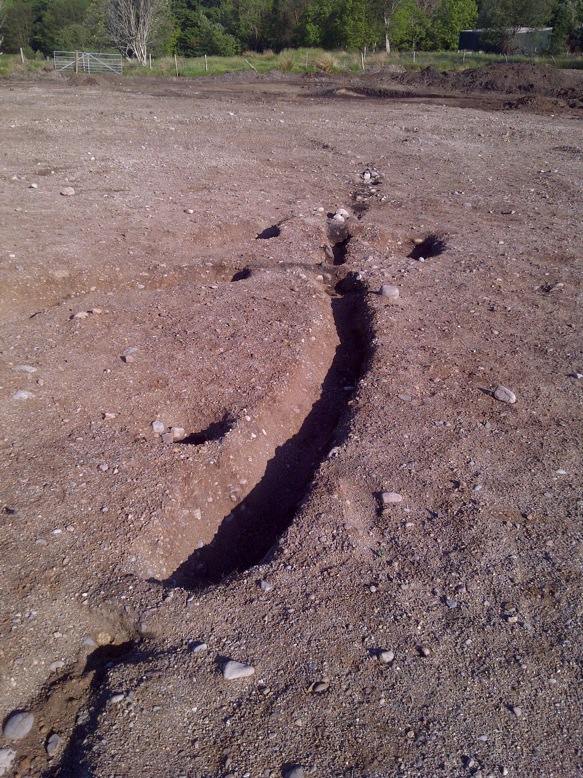

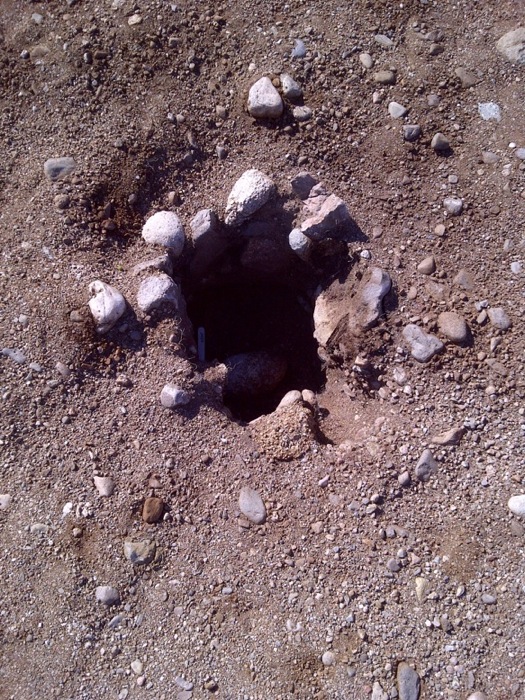
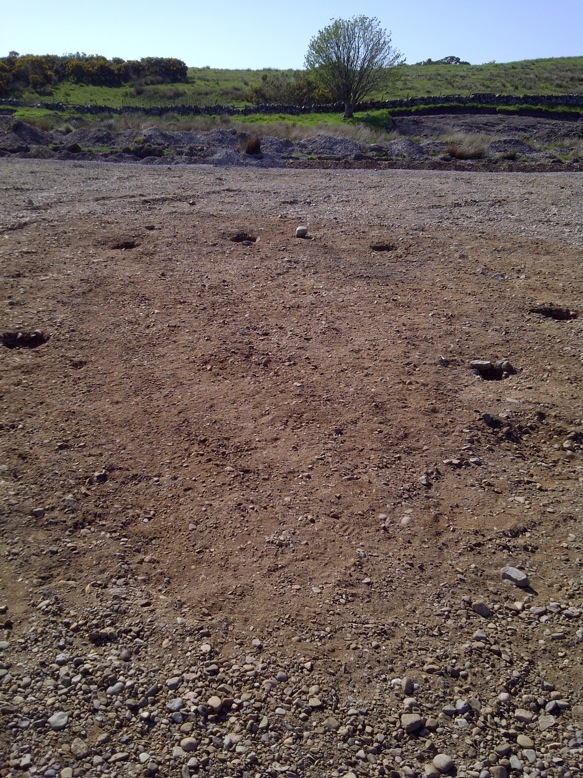


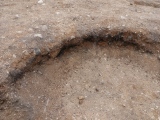


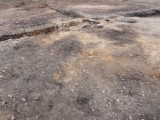
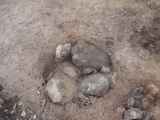
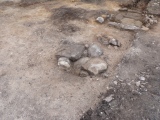
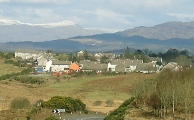
Do not use the above information on other web sites or publications without permission of the contributor.
Click here to see more info for this site
Nearby sites
Key: Red: member's photo, Blue: 3rd party photo, Yellow: other image, Green: no photo - please go there and take one, Grey: site destroyed
Download sites to:
KML (Google Earth)
GPX (GPS waypoints)
CSV (Garmin/Navman)
CSV (Excel)
To unlock full downloads you need to sign up as a Contributory Member. Otherwise downloads are limited to 50 sites.
Turn off the page maps and other distractions
Nearby sites listing. In the following links * = Image available
2.8km SSW 192° Pennyfuir Cairn Cairn (NM86993128)
3.3km ENE 75° North Connel Barrow* Round Barrow(s) (NM90923471)
3.5km SW 222° Dunollie Stone Fort or Dun (NM85223148)
3.9km SW 216° Oban cup marked stone* Rock Art (NM85243097)
4.0km E 86° Connel Station (Oban) Standing Stone (Menhir) (NM91693408)
4.0km SSW 204° Macarthur Cave, Oban* Cave or Rock Shelter (NM85923043)
4.7km ESE 123° Kilvaree standing stone* Standing Stone (Menhir) (NM91553124)
4.8km NNE 30° Benderloch Standing Stone* Standing Stone (Menhir) (NM903380)
4.9km ENE 60° Dalvule* Cairn (NM92043626)
5.0km NNE 29° Dun Mac Sniachan* Vitrified Fort (NM90323822)
5.0km ENE 60° Achnacree Cairn* Round Cairn (NM922363)
5.4km NNE 30° Benderloch Stone Circle* Stone Circle (NM90613853)
5.7km SE 146° Strontoiller circle* Stone Circle (NM90672914)
5.8km ENE 63° Achnacreebeag* Chambered Cairn (NM92963639)
5.8km SE 146° Strontoiller Large Cairn* Cairn (NM90732907)
5.9km SSE 160° Skull Shaped Stone - Loch Nell* Natural Stone / Erratic / Other Natural Feature (NM8939628383)
5.9km SE 146° Clach na Carraig* Standing Stone (Menhir) (NM9076728957)
5.9km SE 146° Diarmid's Grave* Cairn (NM9077828950)
6.1km NNE 17° Kintaline Mill Farm Kist* Cist (NM89793971)
6.3km SSE 158° Rubha Na Moine* Crannog (NM89812807)
6.6km S 174° Killiechonich* Rock Art (NM88082736)
6.6km NNE 30° Culcharron cairn* Cairn (NM913396)
6.7km NW 324° Dun Vamha Chradha* Cairn (NM84023958)
6.8km NNW 329° Sean Dun (Lismore)* Stone Fort or Dun (NM84483996)
6.8km ENE 67° Achnaba C* Cairn (NM94093630)
View more nearby sites and additional images

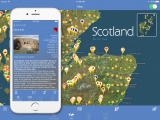

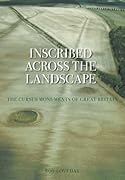


 We would like to know more about this location. Please feel free to add a brief description and any relevant information in your own language.
We would like to know more about this location. Please feel free to add a brief description and any relevant information in your own language. Wir möchten mehr über diese Stätte erfahren. Bitte zögern Sie nicht, eine kurze Beschreibung und relevante Informationen in Deutsch hinzuzufügen.
Wir möchten mehr über diese Stätte erfahren. Bitte zögern Sie nicht, eine kurze Beschreibung und relevante Informationen in Deutsch hinzuzufügen. Nous aimerions en savoir encore un peu sur les lieux. S'il vous plaît n'hesitez pas à ajouter une courte description et tous les renseignements pertinents dans votre propre langue.
Nous aimerions en savoir encore un peu sur les lieux. S'il vous plaît n'hesitez pas à ajouter une courte description et tous les renseignements pertinents dans votre propre langue. Quisieramos informarnos un poco más de las lugares. No dude en añadir una breve descripción y otros datos relevantes en su propio idioma.
Quisieramos informarnos un poco más de las lugares. No dude en añadir una breve descripción y otros datos relevantes en su propio idioma.